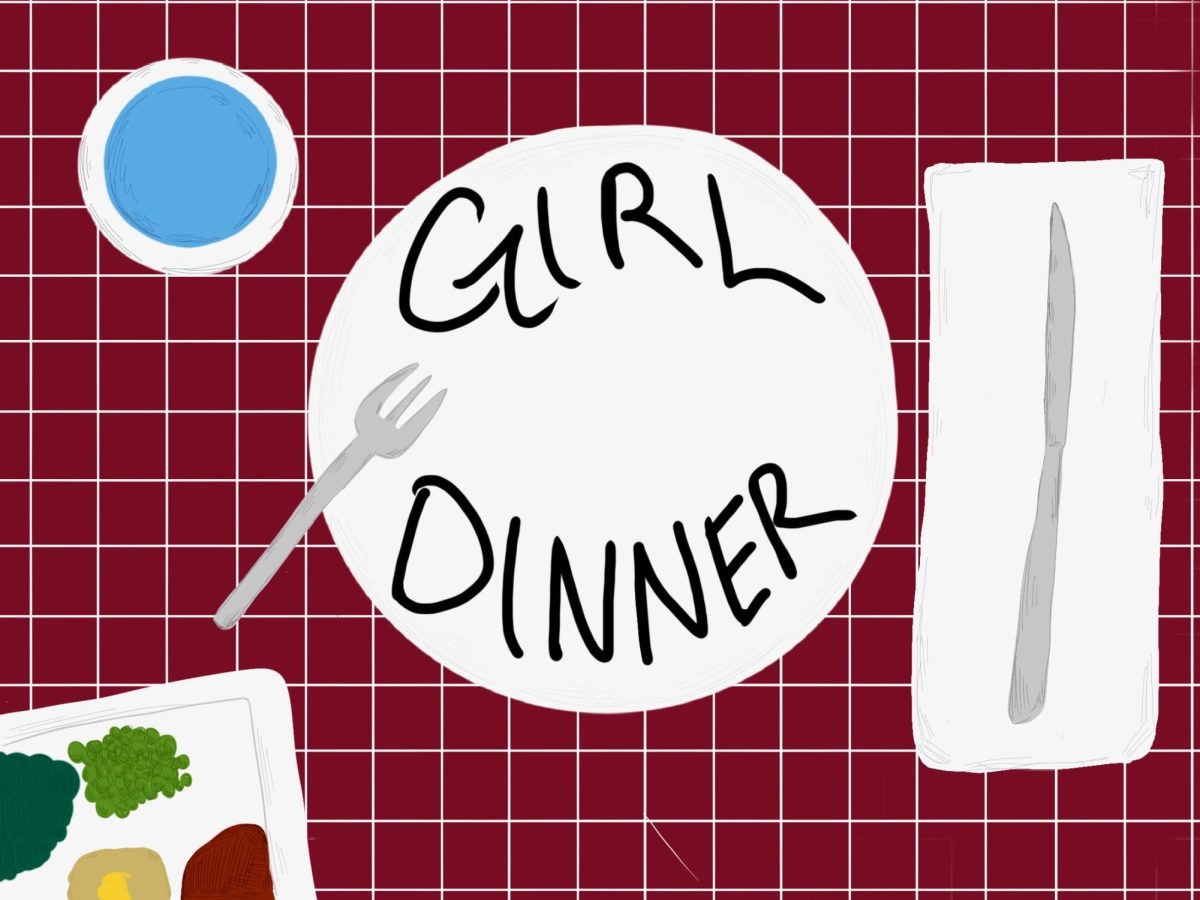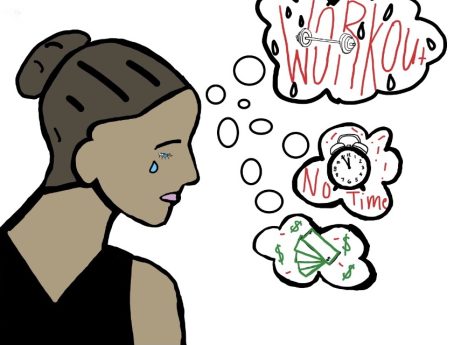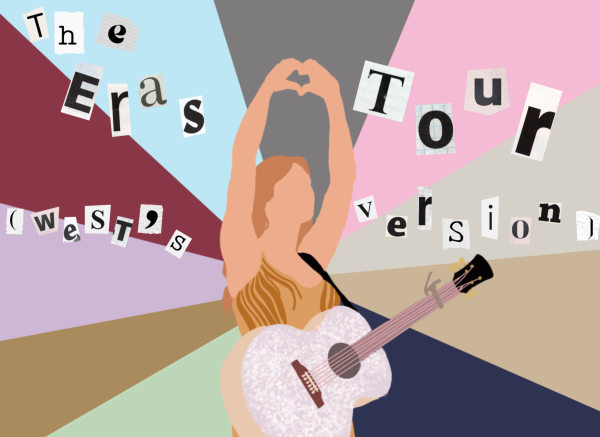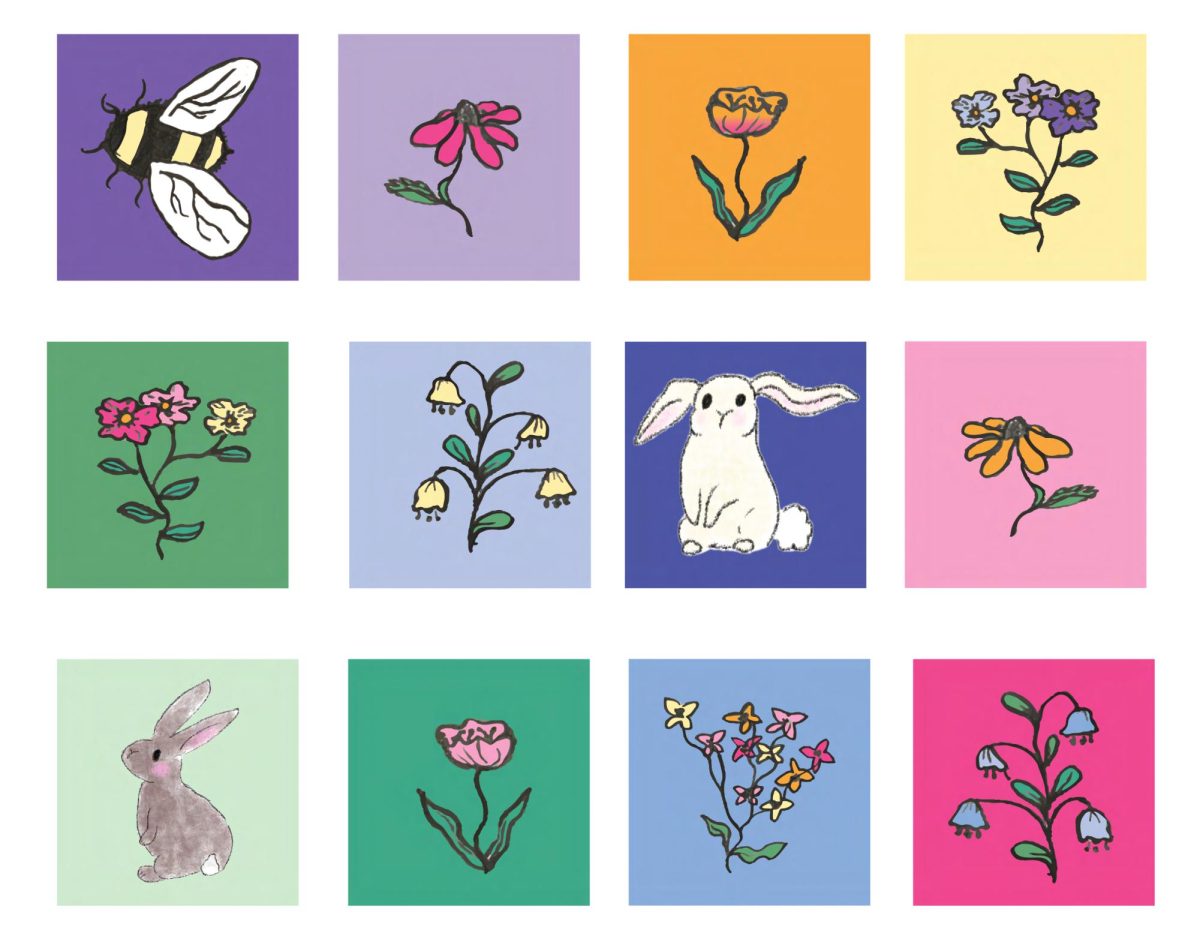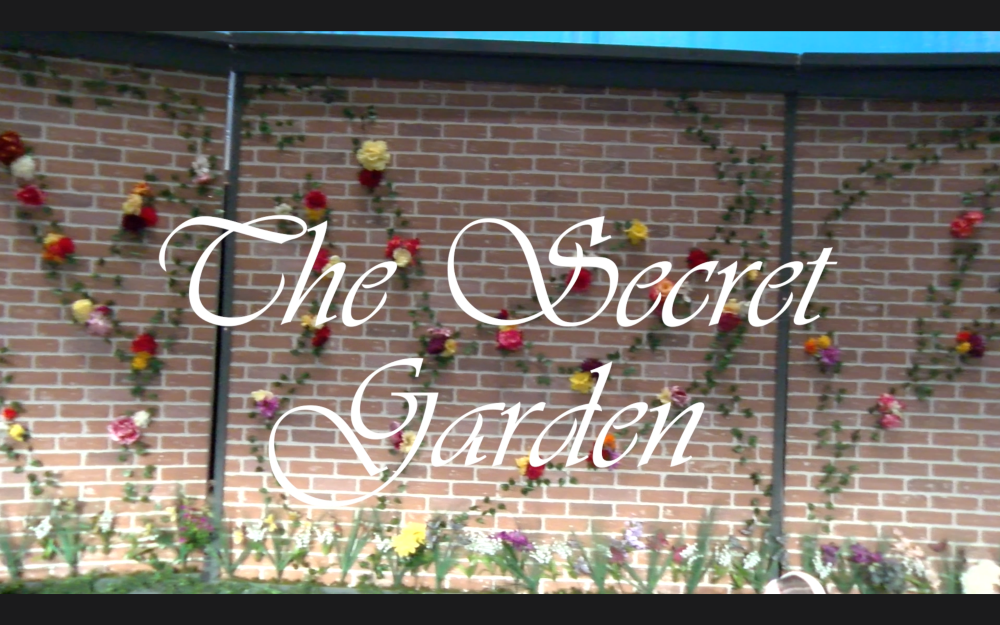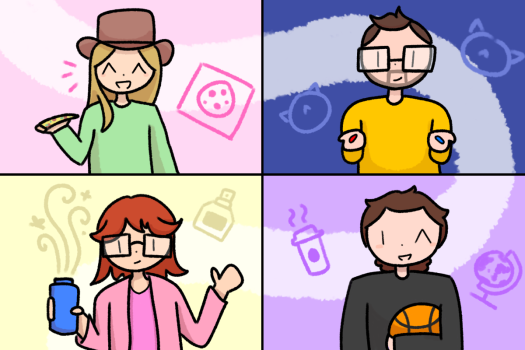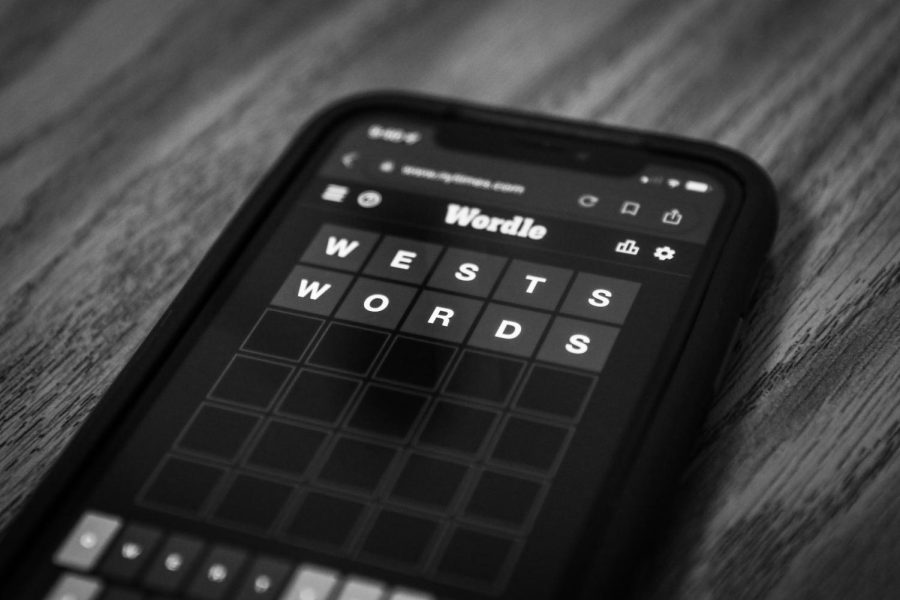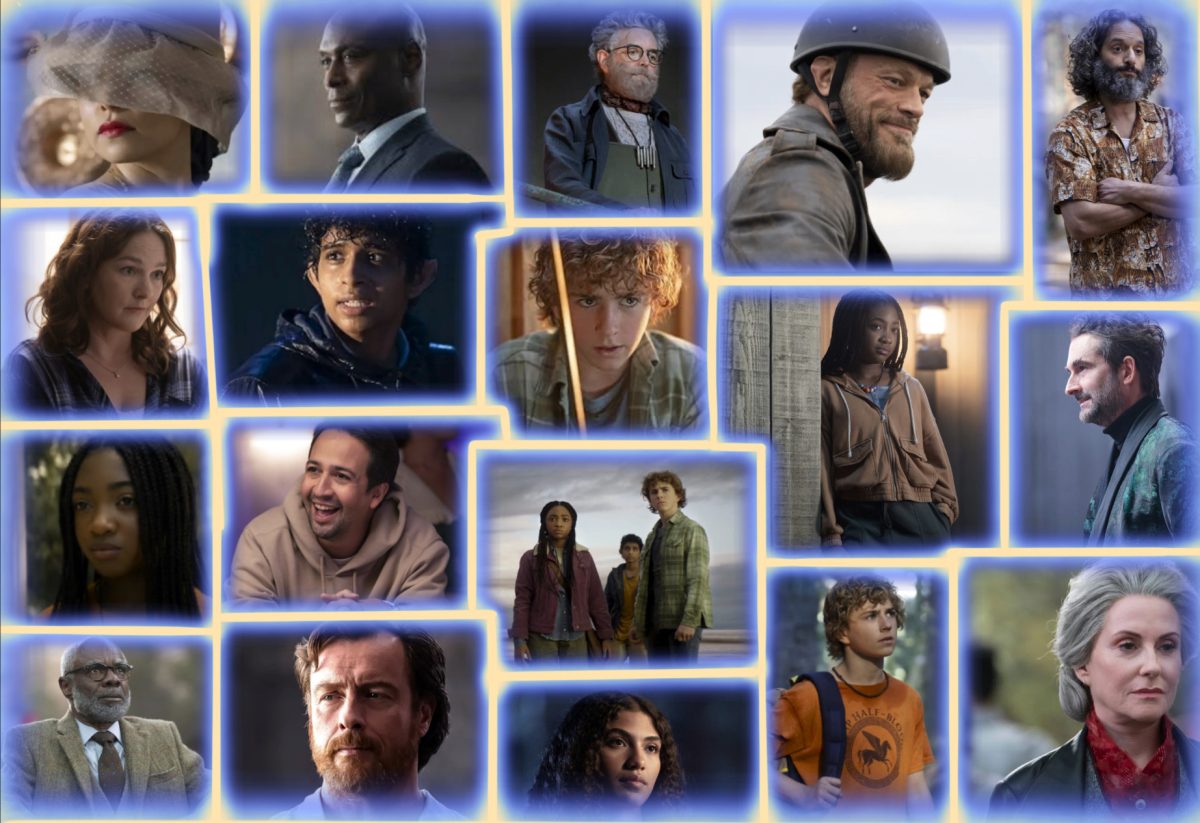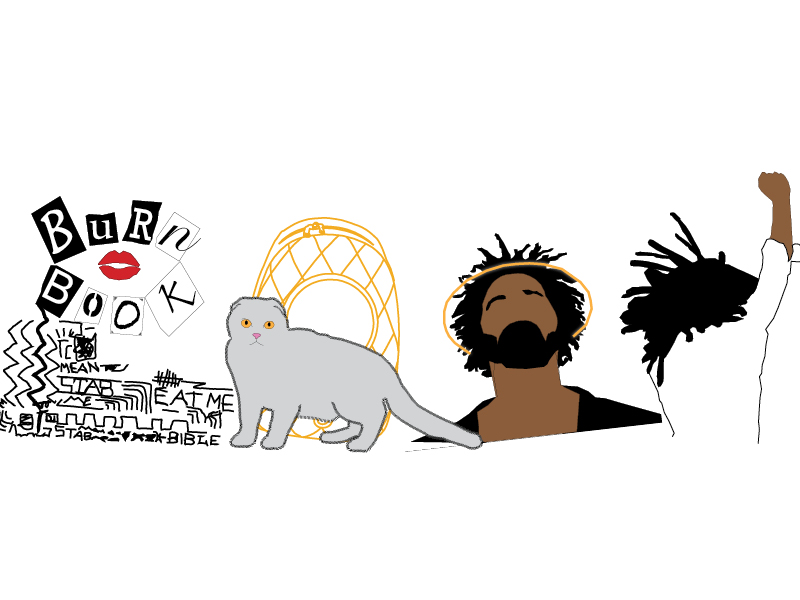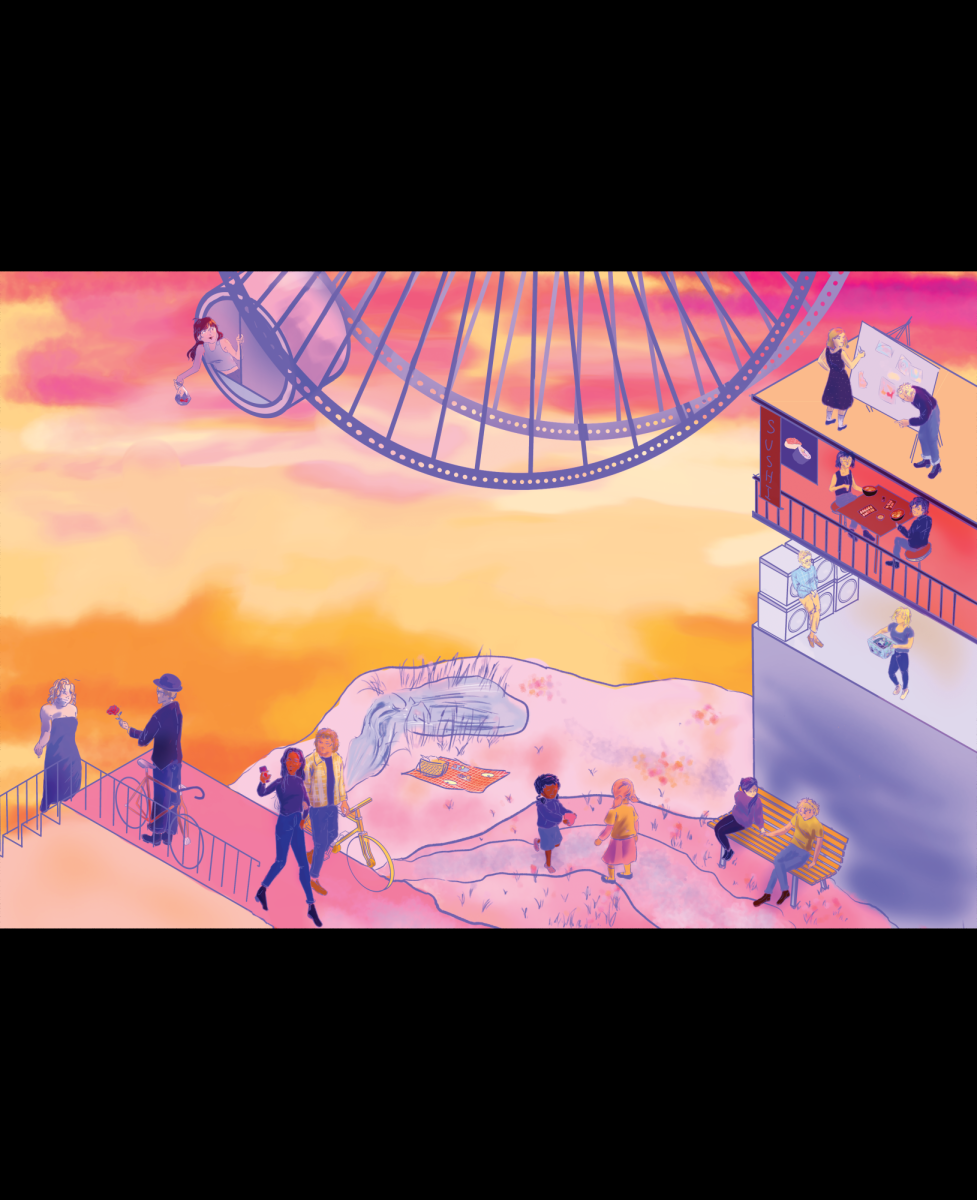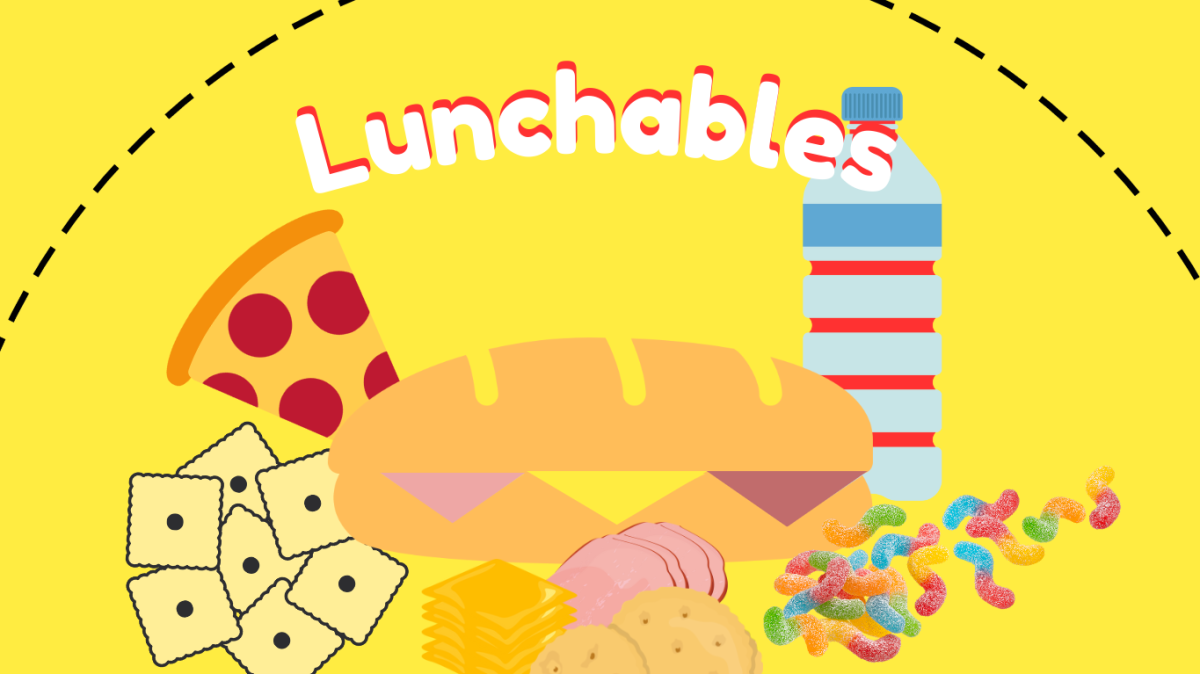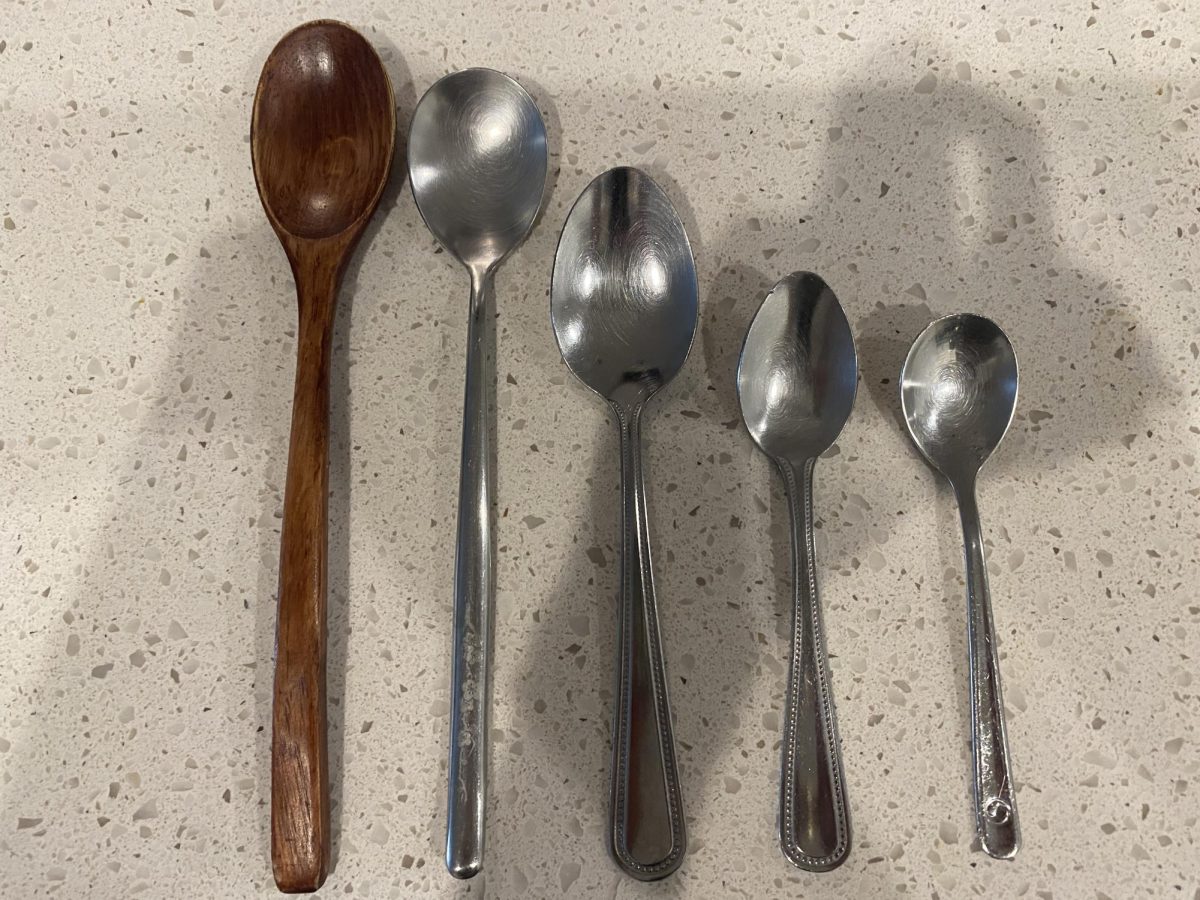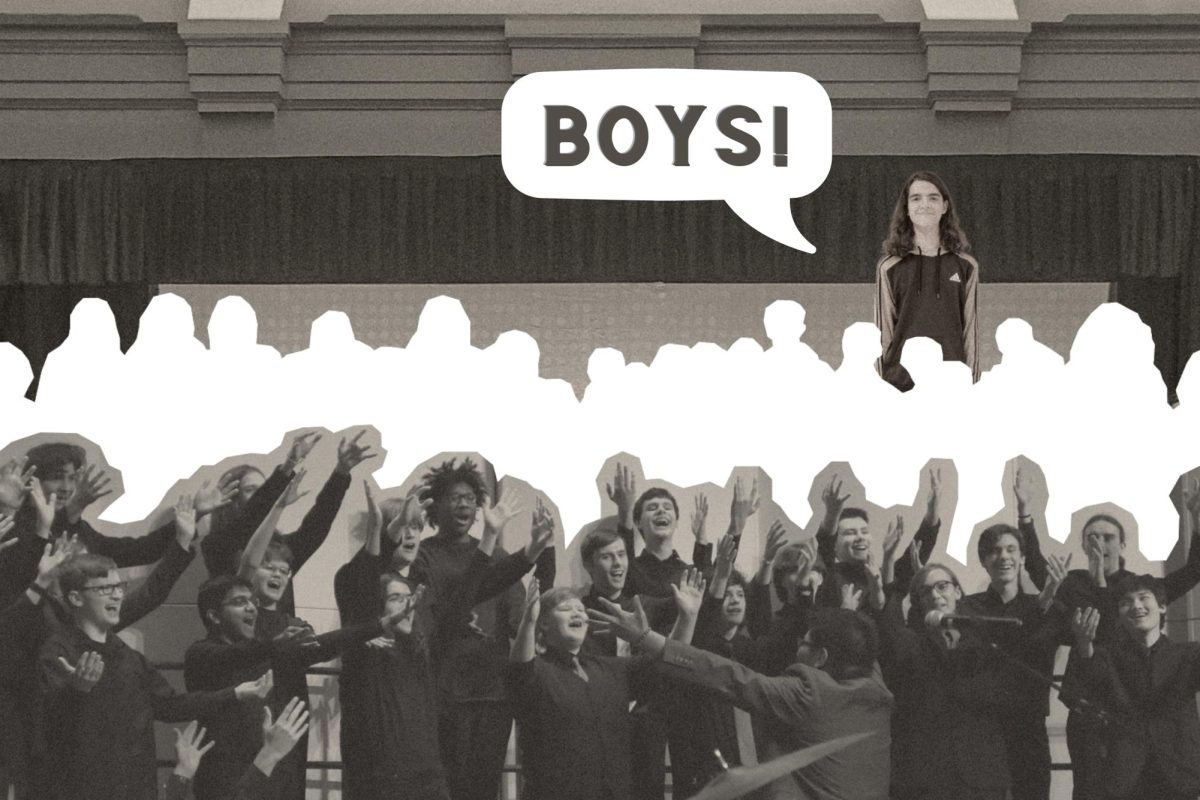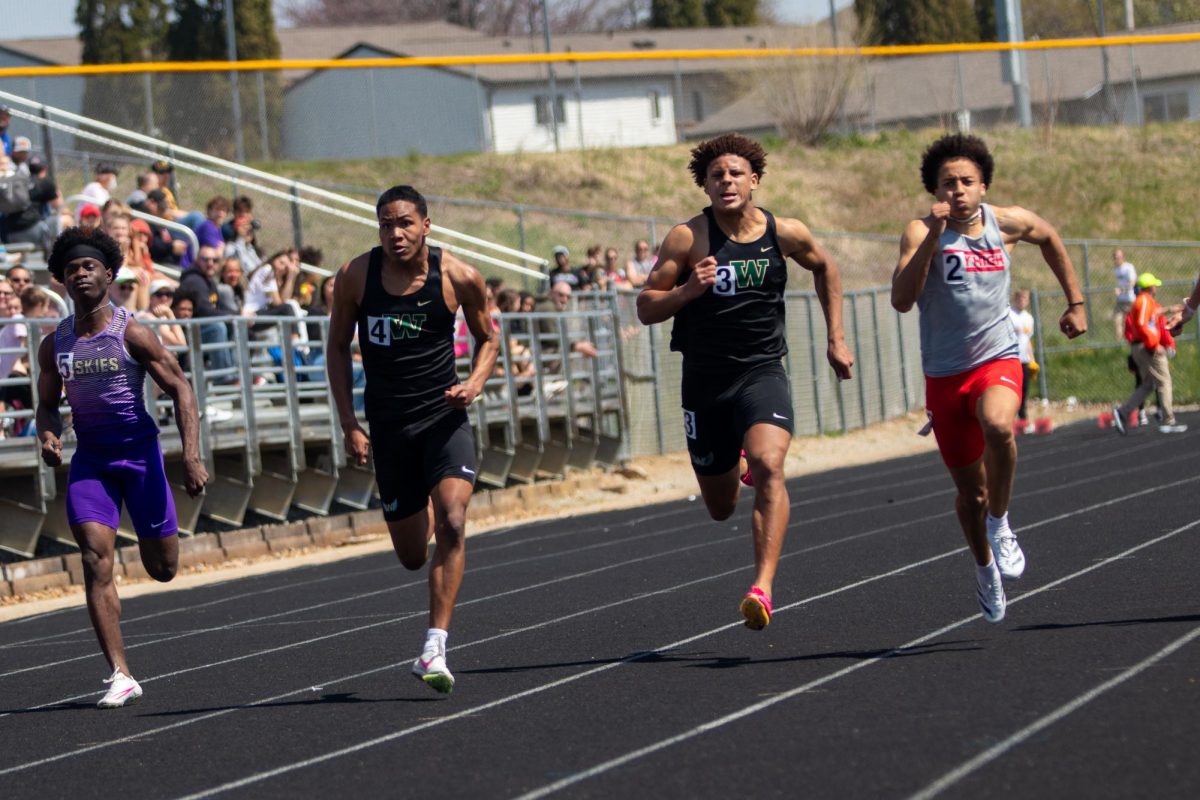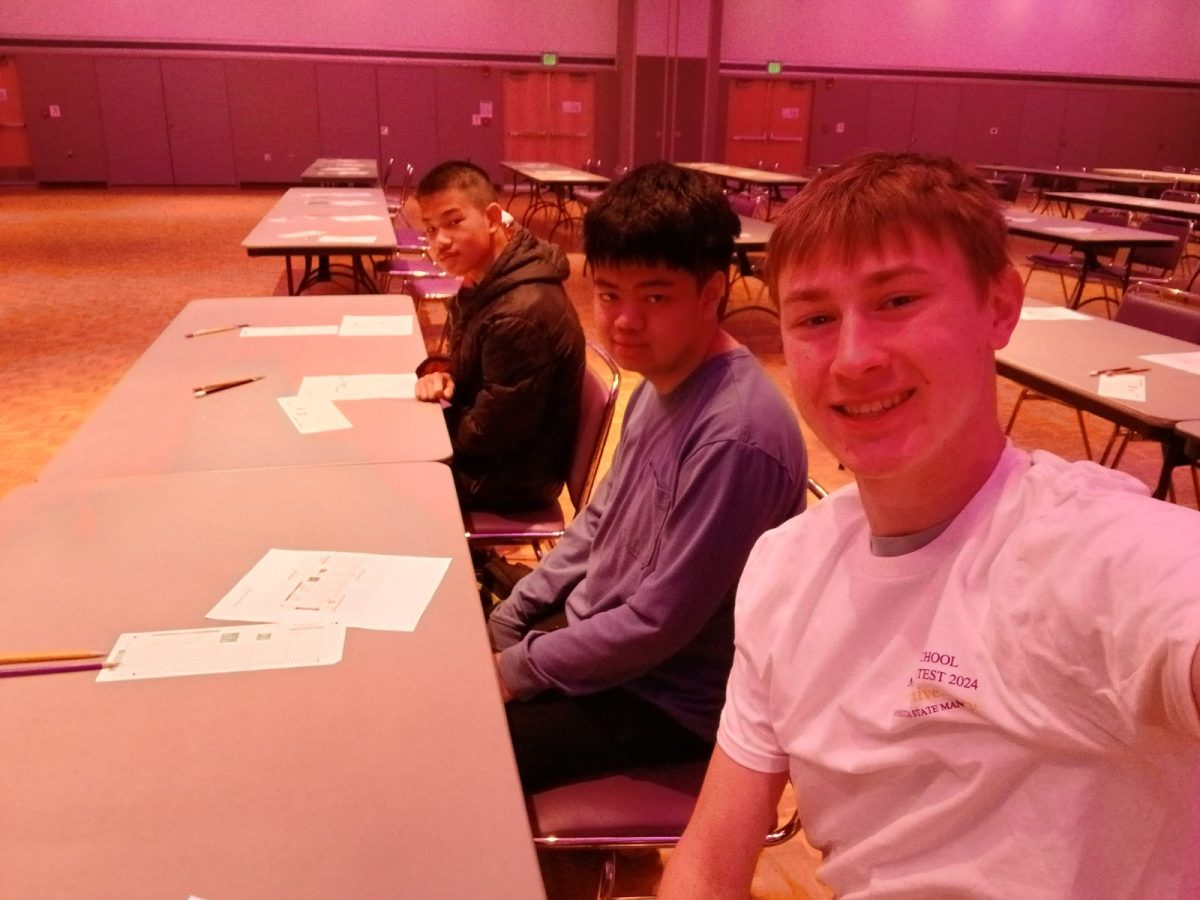What is “Girlhood”? With this summer’s viral trends like “Girl Dinner,” the Barbie movie and “Hot Girl Walks” taking over social media, “Girl Core” began being thrown around as a term that encapsulates the shared experiences many girls have growing up. Other trends like the “It Girl” trend are a shared aspiration of who girls view as role models. The connection these trends bring to many young women is almost profoundly beautiful despite its simplistic nature.
Girl Dinner is the sharing of food on social media as girls show off delicious-looking meals that are relatable and funny. A home-cooked spread of piping-hot soup, buttered rolls, garden salad and wine is a Girl Dinner, but so is an ice cream bar and a bag of Hot Cheetos. Either way, Girl Dinner stays something unique and personal to girls alone.
Then there is the idea of how Girl Core is becoming something greater– a feminist movement.
— Jules Keranen
The reclaiming of “girl” by predominantly Gen-Z is something that challenges the historically infantilizing connotations of being called a girl, or girly, by men. Used to push women into a less intelligent, less capable, childish stereotype, the way older generations view the word “girl” as slang is starkly different from younger millennials and Gen-Z, who channel “girliness” as almost an aesthetic– something to love and be proud of without caring about patriarchal standards.
Then there is the idea of how Girl Core is becoming something greater – a feminist movement.
“It’s this like beautiful reclamation of girlhood, but it’s also, I think, like, this bigger question of what is womanhood now, in the wake of all these feminist movements, and we’ve deconstructed womanhood and like a mother’s role in this like beautiful way but now it feels like girl core is the first step in this process of what is meaningful womanhood,” said Claire Player.
“I’ve really enjoyed this girl dinner phenomenon until it gets to girl dinner being girls not eating.”
— Claire Player
Player is a University of Iowa alumni with a degree in Gender and Women Studies, as well as International Studies. From her transnational perspective, she helps to analyze the Girl Phenomenon as something far more than just social media trends but also a part of fourth-wave feminism and exactly what that means.
“Girl dinner is like the weird little meal you make for yourself because you don’t have to cook something for everyone else, and I think it’s also a response to that burden of womanhood of [cooking] food,” Player said. “I’ve really enjoyed this girl dinner phenomenon until it gets to girl dinner being girls not eating.”
Popularized on TikTok under a sound created by @karmapilled, Girl Dinner began as a way to show off the combinations of food girls were eating for their dinners. Eventually, though, the trend turned sour as some girls began posting videos of their Girl Dinners that consisted of water and a stick of gum, alluding to having an eating disorder, most commonly anorexia.
These videos were shut down fairly quickly as many creators spoke up against the glorification of eating disorders. However, the lingering idea that emerged with the increase in eating disorders that began in the 1960s and was classified scientifically later in the ’80s of girls having eating disorders being normal and oftentimes considered chic is something that’s been a concern of fourth-wave feminists moving away from diet culture and into body positivity.
So, while Girl Dinner is a quirky, cute trend that any girl can relate to and participate in, there are issues that arise that perpetrate harmful ideas. This mirrors the overall Girlhood trend and begs the question, what counts as Girl Core?
The presence of white feminism in the Girl Core trends isn’t noticeable at first, and then you start thinking about it.
— Jules Keranen
The Taylor Swift “Era’s Tour” was a massive success over the summer as millions of fans showed up to support singer-songwriter Taylor Swift. The “Era’s Tour” is regarded as a highlight of recent pop culture and is regarded as part of Girl Core. The sharing of hand-made friendship bracelets, in particular, is a tradition sparked by one of Swift’s song lyrics that became part of Girl Core.
However, Beyoncé’s “Renaissance Tour” didn’t get the same treatment by the internet.
“In our Uber on the way home [from the “Era’s Tour”], [the driver] was like some white dude in his 20s and we mentioned that Beyoncé was doing a similar thing and he was like, ‘oh, isn’t she kind of washed up?’ and I was like, what?” Player said.
A fantastic performer, pop icon and overall incredibly awe-inspiring woman, Beyoncé’s “Renaissance Tour” was a massive hit as fans flocked to see her in concert. Yet instead of being another part of Girl Core, the “Renaissance Tour” trended as the recognition of accomplishments made by a powerful woman – Beyoncé.
So, while Taylor Swift is considered a Girl Core thing, Beyoncé is not, which brings up the presence of white feminism and the rejection of womanhood throughout the Girl Core trends.
White Feminism is a term used to describe the white feminist perspective that fails to address the complex and distinct experiences of women of color whose battles against oppression stem from their ethnicity. The presence of white feminism in the Girl Core trends isn’t noticeable at first, and then you start thinking about it.
Even older terms like “Girlboss” come pre-packaged with a bit of privilege. The Girlboss trope is often characterized by a college-educated, wealthy businesswoman who’s plowed her way through the corporate world in high heels and a chic blazer. She’s relatable because of her participation in hustle culture, but at the same time, her lifestyle is highly unattainable to the average middle and lower class.
Typically, The Girlboss is also a white woman, and while she’s set on defying gender norms, is she representative of gender norms placed on women of color?
Released last summer, the “Barbie” movie was a massive hit from American director and writer Greta Gerwig, who’s best known for her movies “Lady Bird” in 2018 and “Little Women” in 2019, which were both nominated for several Academy Awards. “Barbie” is a charmingly fun and emotional movie that follows Margot Robbie’s character, Stereotypical Barbie, as she learns what it means to be a woman in the real world.
It’s just if being a woman sucks and we don’t want to be a woman, there’s this emptiness to womanhood.
— Claire Player
“I was really fascinated and I still am by the rejection of motherhood in the movie, like how Midge is completely shunned and Barbie can be anything but she can’t be a mother,” Player said. “In the end, it’s the mother and daughter that come and [the mother] is like ‘it’s hard to be a mom and a career woman!’ and everyone’s like ‘yeah!’ and then the movie ends.”
A big part of the movie is a hilarious montage of the Barbies banding together to un-brainwash the other Barbies in Barbie Land from Ken’s patriarchal take-over. The scene includes many funny quips about stereotypical references that stereotypical men make, as well as several speeches about how being a woman is like one giant double negative because no matter what a woman does, she will never be up to societal standards.
While a well-written scene, something that sticks out is how nothing new is said. Gerwig never touches on what it’s like to be a woman of color, a queer or transgender woman or anything that could’ve made the movie a lot more impactful in its ability to address issues that don’t often have mainstream representation in media and pop culture.
Instead, she opts for rants about how rejecting a guy is hard because you don’t want to be a prude. Still, you also can’t be seen as easy to get with, how women have to be extraordinary to be held to the same standards as men and overall how being a woman sucks.
“It’s just if being a woman sucks and we don’t want to be a woman, there’s this emptiness to womanhood. So of course we’re getting deep into girl core because it’s this reclamation of the inner child of a woman,” Player said.
While Girl Core is a mostly sweet, fun genre of trends that connect girls under common experiences, they beg the question of what it means to be a girl and, to an extent, a woman.



